How To Be a VFX Editor
Two of the least understood roles in the wider post production team are probably those of VFX editor and 3D editor. With more and more films relying, in an ever increasing fashion, upon VFX and 3D, what does a VFX editor actually do and how might you become one?
In this article you’ll find useful resources to help you understand the role of a VFX editor and how to do their job, including
- What a VFX Editor Actually Does – Interview with a VFX Editor
- 60 minutes of training on handling VFX turnovers and working as a VFX Editor
- John Wick 2 & 3 Editor Evan Schiff’s VFX Turnover Workflow Guide
- A Day In The Life of a VFX Editor
Last update: March 2022
Interviews with a VFX Editor
Back in 2016, experienced Editor, Assistant Editor, VFX Editor and 3D Editor, Ben Mills, was kind enough to answer my questions on the role and work a VFX editor today. You’ll find his answers under What Does a VFX Editor Actually Do? and A Day in the Life of a VFX Editor, below.
Ben has worked on some huge franchise movies including Mission: Impossible – Fallout, Dr. Strange and the Kingsman series, among many others.
You can check out Ben’s list of credits on IMDB here – Eddie The Eagle (VFX), Pan (3D) Kingsman: The Secret Service (VFX), Kick Ass 2 (First AE), The Dark Knight Rises (Assistant Editor: Technicolor) to name just a few. You can also browse his personal site here.
Interviews with the Mission: Impossible – Fallout Editing Team
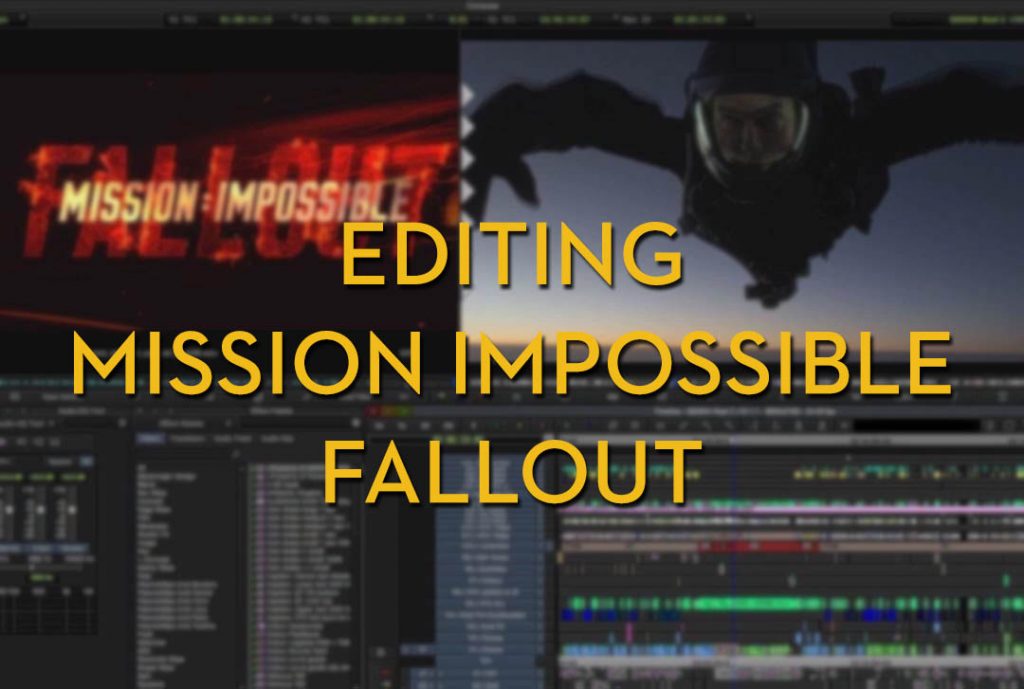
I interviewed Ben Mills again in 2018, this time as part of this massive post on the editing of Mission: Impossible – Fallout, cut by Eddie Hamilton and supported by many of his go-to team.
What was different about working with such a large post team, compared to smaller teams?
When it comes to working with Eddie we’ve generally had larger teams on the last few shows and it’s incredibly helpful.
A lot of our VFX editorial work would spill over which would nicely coincide with the times the editorial team were a little quieter, so we could happily pass temp comps over to them, to help us out, when the crunch time of a preview would arise.
I think generally the size of the team is reflected by the budget of the job (or at least it should be).
The schedule should also have a role to play in team size but sent always the case, hence the 12-14 hour days which became quite a regular occurrence on Mission.
– Ben Mills, VFX Editor
This in-depth article also features interviews with 2nd Assistant Editor Ryan Axe and Editorial Trainee Hannah Leckey, which will also give you a better understanding of how to get into, and advance within, a post-team.
What a VFX Editor Actually Does
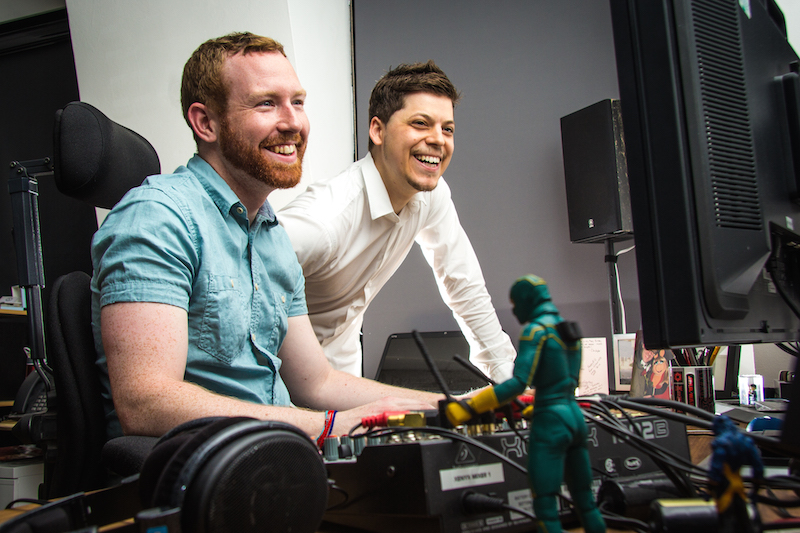
In this part of the interview you can hear what a VFX editor does, how their role fits into the wider team and a few questions on Ben’s experience as a 3D editor.
What does a VFX editor do? What films have you worked on?
To put it simply, they are the link between Editorial and VFX. It’s our job to track all visual effects coming into the movie and all those getting cut from the movie and then passing that information on to VFX Production and Vendors. A VFX editor also tends do do initial drafts of visual effects shot in order to help tell the story. Most directors don’t want to look at green screens when reviewing cut sequences so it’s usually our job to bring the shot to life in draft form to give a better visual representation of the intended shot.
On some movies there will also be PreVis, so then it’s a case of orchestrating PreVis and how the footage being shot by production relates and tying those together to make them work in the editor’s cut.
I’ve recently completed Dexter Fletcher’s latest movie Eddie The Eagle which was an incredible amount of fun. Think Cool Running’s but with a British Ski Jumper! It really is the perfect feel good film and was a complete blast to work on, and to get to work alongside Martin Walsh and Dexter Fletcher.
How does the role fit into the rest of the post team?
It’s basically the middleman between VFX and Editorial. You’re responsible for keeping both Editorial teams and VFX teams up to date by passing information both ways. So VFX (Production and Vendors) need to know how the cut is changing and any new notes the Director/Editor may have, where as Editorial need to know what new VFX shots have been worked up and sent over. So in terms of post production you’re usually right in the middle of it all when it comes to the picture side of the film.
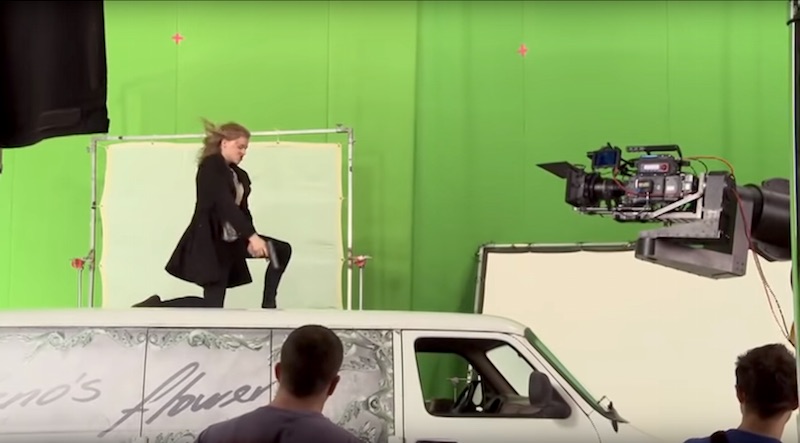
What do people most not understand about this kind of VFX work?
I think this applies to a lot of post production roles, but a lot of people don’t seem to get why we come onboard at the start of shoot, and that surely post production means you start once production finishes. Previs is flying around during pre-production so there is an argument there for a VFX Editor to start even earlier, in order to track PreVis shots that eventually become actual shots in the film.
But, all in all, in Post we like to be on top of things to the best of our ability, so the earlier we can get a jump on things, the quicker the ball gets rolling. The editors are assembling scenes as they roll off the camera, so as soon as the editors publish their cut scene, I’ll begin assigning shot numbers and temp comp’ing shots.
What kit (hardware/software) do you use to get the job done?
Buy on Amazon.com | Buy on Amazon.co.uk
Sorry Jonny, I’m still using a mouse. The Razer Naga still. I tried using First Assistant Editor Alex Fenn’s tablet on Eddie the Eagle, but still couldn’t get on board with it. The Naga is a comfortable mouse to use and the Thumb Pad for Macros and Shortcuts work incredibly well, not forgetting that all your settings sync to the cloud which is useful.
Ed. Note – You can check out Mission Impossible: Rogue Nation editor, Eddie Hamilton’s, Razer Naga settings in this post over on Premiumbeat.com.
UPDATE 2016 – Download Ben’s Razer Naga settings in this new gear review post.
I’m now also using a Razer Keyboard which has macro keys, is mechanical, its pretty cool as you can program the backlight on all of the keys individually and you can easily switch to different key layouts and have the backlighting represent that. Lastly I always use high resolution displays for extra screen space.
“As for the shortcuts mapped to my keyboard; I reassign most of the Function keys to tools like Subclip, AutoSync, Add Keyframe, and Find Bin to my Tab button.
I also remap the N and H keys to ‘More Detail’ and ‘Less Detail’ for zooming in and out of the timeline. I then map these keys to the scroll wheel on my gaming mouse.
I’m sure the frequent Avid Blogs reader has guessed it’s a Razer Naga, as Eddie Hamilton mentioned in his previous Avid talks.
I have a mouse button layout for syncing, one for cutting and one for Effects mode. Talking about effects; Animatte, Spectramatte and 3D Warp get used a lot.
If a shot is reframed (resized, repositioned), that will usually be done by the editor, but when temping up shots, inserting green screens, removing elements, and creating elements those 3 effects are crucial to me in my Avid! I couldn’t work without them!”
– Ben’s Avid Shortcuts from this Avid interview.
How do problems on set create challenges for you?
Shots shot on the fly can sometimes cause issues. Mainly because they aren’t properly thought out and the idea of just chucking a green screen into a shot can sometimes cause more headaches down the line. Generally though its usually ok as with VFX you come to expect that there’ll be odd shots that come out of nowhere such as booms or crew coming into shot that sort of thing that I’m sure is sometimes unavoidable on a busy film set.

What makes for a good VFX editor?
A good eye, a concise manner and a thorough understanding of the whole post process. Being able to spot what shots need work, which shots need improving and how they need improving certainly helps for giving feedback. All in all though being able to track hundreds, even thousands of shots at once can start to be a bit mind boggling to keeping on top of that is a must.
What are some of the creative skills you need to be a good VFX editor – how good at After Effects, Nuke, Fusion etc. do you need to be?
If theres a shot I can’t quite achieve in Avid with it’s tools, I’ll jump out to After Effects to do any advanced tracking or comping. I’ve been wanting to use Fusion given it’s free and incredibly intuitive with Avid (from what I’ve read) but haven’t quite found the time to sit down and give it a go yet.
All in all though an eye on how to achieve the desired outcome is useful, for example which order (in terms of layers) each plate should be in so that the shot achieves its best potential as a temp comp. The ability to quickly present multiple ideas or tweak shots quickly is also incredibly useful, that way if you present the director / editor with multiple versions they can make more concise decisions on the overall concept.
What do you enjoy about the job?
Seeing something be built from scratch and then enjoyed by people around the world. Theres nothing greater. Theres some incredibly talented people in this industry and it’s great to hang out, talk shop and see everyones efforts come together.

What do you want to be cutting next?
Well I’m currently First Assistant Editor on a [Big VFX] show and have been cutting a period drama short called ‘Family Portrait’ directed by Kelly Holmes thats recently been picked up by a French TV station, so once thats out the way then I’d like to do a couple more VFX Editor gigs, then I really want to take a leap into the editor’s chair. Whether it’s a TV drama, comedy or a feature, I’ll be happy, but thats definitely the next goal.
– Thanks again to Ben, for taking the time to answer my questions, and if you want even more info from Ben you should check out this lengthy post over on Avid’s blog for another in-depth interview.
VFX editing is a job I have always wanted to undertake as it provides an assisting role with an extra level of creativity; being the first step in mocking up VFX shots and showing them to the director.
Given the career path of someone like Mark Sanger and the amount of VFX intense films that are around today, it really helps being an accomplished VFX editor when wanting to become an editor, which is an appealing path I would like to explore.
Ben Mills, VFX Editor
The Role of a VFX Editor
In this hour long webinar from 2013, Misha Tenenbaum walks you through the job of a VFX Editor covering these topics in step-by-step practical detail:
- How to track VFX shots
- Turning over VFX from the Avid to a VFX company
- Handling multiple versions of VFX
- The politics of multiple venders, budgets, and approvals
- How to track details and communicate information well
One of the things that I really appreciated about this webinar is that Misha highlights both the political and budget ramifications of aspects of the job, which I’ve not seen covered before.
Misha worked as an Assistant and Associate Editor in Film and TV before founding Editstock and EditMentor.com.
Make sure that the people who are paying for the shots are kept in the loop. Don’t let work begin without their approval.
I once worked on a show where the entire VFX budget was used up six months before picture locked. We wasted 90 shots which were cut completely out of the movie.Keep in mind that much of the billing and political jockeying is based on your VFX list so make sure it’s up to date, and circulated to the right people.
Before you screen a shot for someone, make sure you’ve looked at the shot yourself. Make sure that the shot is technically ok, that the color looks good, and that the artist actually did all the notes. Make sure the shot fits in your cut.
— Misha Tenenbaum
It’s also worth popping over to EditStock to read this accompanying blog post for more helpful insights.
A Step by Step Guide to VFX Turnovers
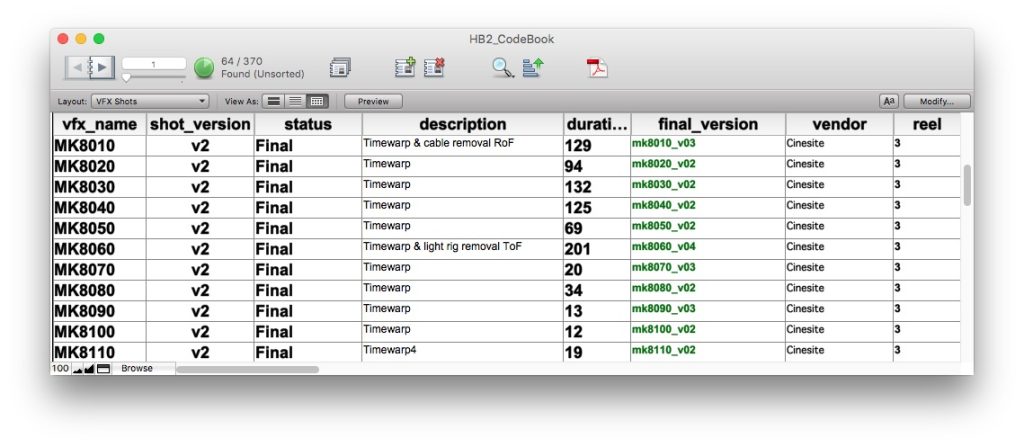
One of John Wick 2 & 3 Editor Evan Schiff’s previous post-production jobs was as the VFX Editor on films such as Battle Los Angeles, as well as handling VFX editor duties as a 1st Assistant on many other projects.
In this very detailed guide to handling VFX Turnovers Evan gives you both practical advice and editorial wisdom on getting up that steep learning curve for the first time.
Managing VFX is a daunting subject and a big task, even for smaller films.
It’s so complicated that films that can afford it will hire a separate VFX Editor just to keep track of the film’s VFX and to create temp comps as placeholders until the VFX come in.
I’ve been putting off writing this article for years now because the thought of trying to encapsulate it all in a generically useful way was a bit overwhelming, but here goes…
— Evan Schiff, Editor
One of the things that Evan highlights in his guide, is the importance of the VFX Editor’s database or Codebook, which you can learn a lot more about here.
A Day in the Life of a VFX Editor
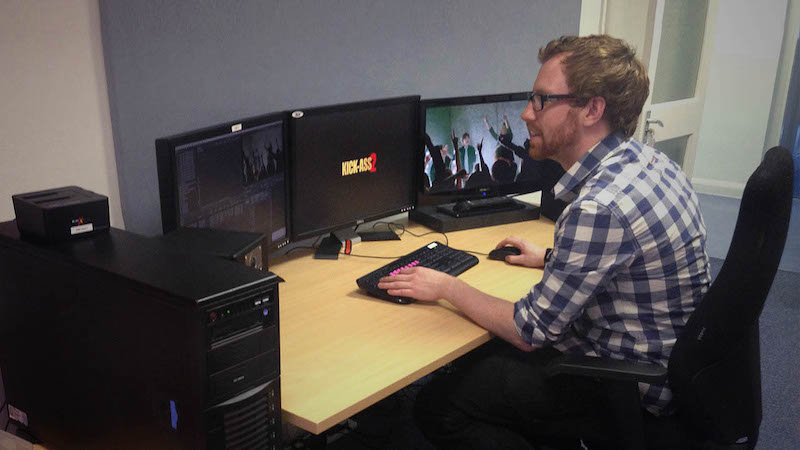
Naturally this changes through the course of the production and this is from a VFX Editor perspective. So this would be my typical day while in Post Production after shooting. This is disregarding any additional requests that might occur during the dat which requires immediate attention.
8:00am – COFFEE, I take my Coffee Grinder and Aeropress with me on every job, they’re my most treasured pieces of kit. GREEN SMOOTHIE, working a sedentary job as we all know isn’t the best for you, so I’ll try and eat as well as possibly can. I’m sure both of these things are counter intuitive to each other but it’s what gets me going in the morning. I’ll tend to have these over checking any emails that need addressing. Check on any exports left overnight and upload those to the relevant place as well as download any new VFX shots to be cut into the movie.
8:45am – Catch up with the Editor, talk to them, get an idea of what may have changed that I’ll need to know about or if there is anything in particular they’ll need from me during the day, any specific sequences that they might want prioritising.
9:30am – Catch up with VFX Production, see if they have any queries, anything I should be aware of and to find out what stage we’re at with more complex shots.
10:00am – Start checking through the cut, starting with any notes from the editor where changes may have occurred. If the movie is in reels at this stage then I’ll go through a Reel at a time, looking for any signs of change and taking notes so to what shots have extended at the head, extended at the tail or require new plates, new shots, cut shots etc etc. This is usually determined by my Filemaker database*. I’ll export an EDL from the timeline for each reel and import this into filemaker which in turn will then cross reference the start and end timecode of shots against whats currently in the database and update any differing values and flag them as having been changed.
13:00 – Break for lunch, usually had at my station, but I’ll always make sure to go for a walk while fetching my lunch.
13:30 – Start addressing any notes from the morning, usually something a little more creative like creating temporary comps (greens screens, cosmetic fixes, paint outs etc) or even fixing shots that have now been extended in the cut and the tracking on them might have broken.
14:30 – VFX Review with Vendor. Sit in for VFX reviews to answer any editorial related questions that may arise as well as discuss any notes with the VFX Supervisor, Producers, Director, Editor and Artists
15:30 – Continue addressing notes by updating cut information to be sent to vendor
16:30 – Begin creating a plate turnover for any new shots, elements or plates that the vendor(s) will need in order to complete any shots in reference to the new cut. The turnover will consist of an EDL (for the lab to be able to extract footage), a QT for reference (so the lab can see what they need to pull), a QT for the vendor (showing how the shot needs to look and how it fits into the cut for context) a line up sheet per relevant shot (to show the vendor how each plate should line up against each other in the shot) and a count sheet outlining all scans that are being turned over to them.
18:30 – Cut in any new versions of shots that have been delivered following on from the earlier review, check they are the correct length, correctly colour balanced and that there are no issues with them. If there are any issues flag them immediately to the vendor for redelivery.
19:30 – If the decks are looking pretty clear and theres nothing pressing to deal with then I’ll head home.
*Follow up Q: Did you have to create your filemaker ‘codebook’ from scratch?
The filemaker codebook was created from scratch, I’ve spoke to different VFX editors, VFX Vendors and Assistant Editors personally and used ideas, advice and expert help from each of them with regards to creating a codebook. Pam Choules, Tina Smith, David Johnston, Mark Burton and Hugh MacDonald have all helped me shape the codebook I use today and I’m about to start using a freshly built all singing all dancing codebook/database on the next project. All very nerdy but all very exciting.
A 3D Editor on 3D
Do you think 3D is here to stay?
It’s hard to tell, it’s incredibly marmite and it works for some movies and not for others, plus theres incredibly good 3D and some terrible 3D out there. The problem is that the bad 3D gives the rest of it a bad name. It’s also becoming increasingly hard to justify when you have films such as The Revenant which bring the audience so close to the environment and characters, to the point you feel cold, that 3D for a movie like that simply wouldn’t work. However there are plenty of other films out there that really show off the 3D and allow it to thrive in order to tell the story, so I guess time will tell.
How can good 3D enhance the storytelling?
It’s never a bad thing to bring the audience closer to the story which is exactly the intention of 3D. It’s a common trope in a world where everyone can be a film critic. You hear a lot of comments about audiences not rooting or feeling any emotion towards characters so by using 3D to bring the audience closer to the scene and the characters is a good thing especially when everyone works so hard to put movies out there.
Chris Parks and the team at Vision3 whom I worked with on Joe Wright’s ‘Pan’ are incredibly knowledgable and have a great insight into 3D and it’s uses for storytelling. Little changes such as creating more or less depth in a shot can manipulate audiences emotions in different parts of a movie just like the more obvious aspects emotion manipulation like music.
How A VFX Editor Makes His Coffee
In chatting with Ben, it turns out he’s even more geeky about the way he makes his coffee than I am. In my post on Christmas Gifts for Film Editor’s I mentioned one of the best gifts I’ve ever received – the Mocha stove top expresso maker. This Christmas a great friend gave me an Aeropress coffee maker, which is also Ben’s weapon of choice, as recommended to him by his good friend and fellow editor Chris Hunter.
Personally, I’m a big fan of Workshop’s coffee beans (all the brands mentioned here are London based, sorry!) especially the Cult of Done expresso beans, for their lovely chocolatey taste. But they ain’t cheap!
Buy on Amazon.com | Buy on Amazon.co.uk
This method of brewing your morning cup of coffee actually makes more sense for the working editor, assuming that you might be drinking your first cup at work, where they might not have a gas hob in the first place.
In chatting with Ben, he shared his favourite method of Aeropress brewing with me, which is the inverted method, see the ‘entertaining’ video above for how this works in practice. Here is Ben’s preferred method in detail!
Aeropress recipe, first of all….
- Buy good coffee….. Square Mile, Dept of Coffee and Social Affairs or Tap are my favourites. Buy as beans and grind them yourself when you want a cup of coffee. Nothing beats a fresh grind!
- I only use a cheap grinder (£20 from Amazon) but for the Aeropress it works great.
- Then, for 1 cup (I like it strong) I do two levelled scoops of ground coffee, put it into the Aeropress (using the inverted method, google it!).
- Boil water to 80 degrees, give it a quick stir,
- Put the lid on with wet filter in (again see the inverted method)
- Tip it over and plunge for 30 secs.
- Top up with hot water, sugar, milk to taste


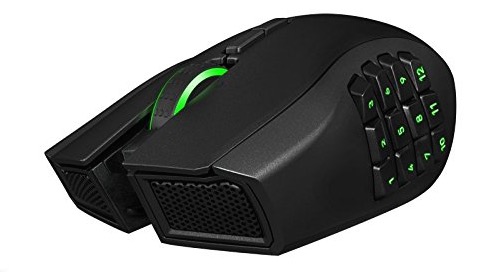
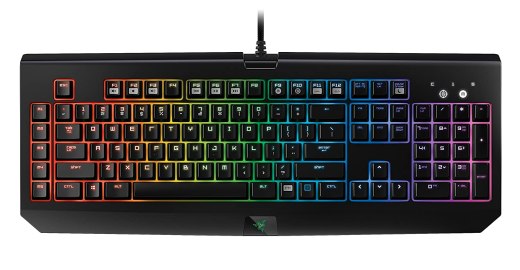
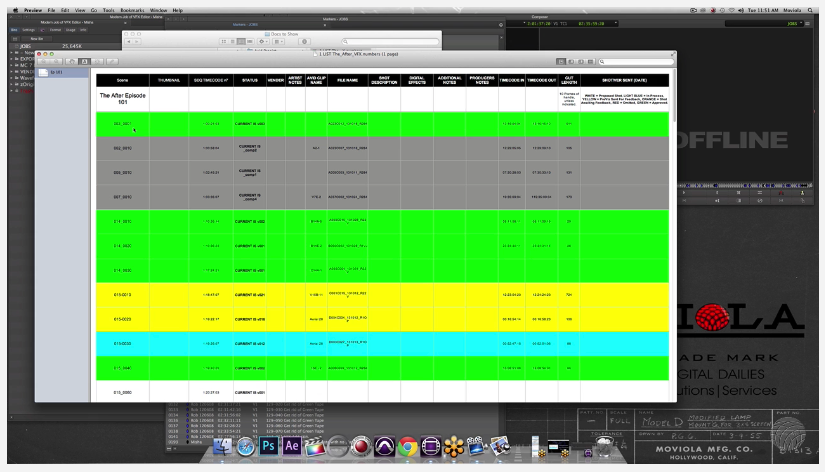




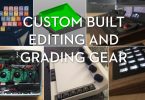
thanks for a great interview> I have found that if you are able to keep all the hero plates on the same layer it’s pretty easy to suss out what has changed…
Great interview! I’m really curious how to import an EDL into filemaker and have it flag VFX that have been changed. That would be great.